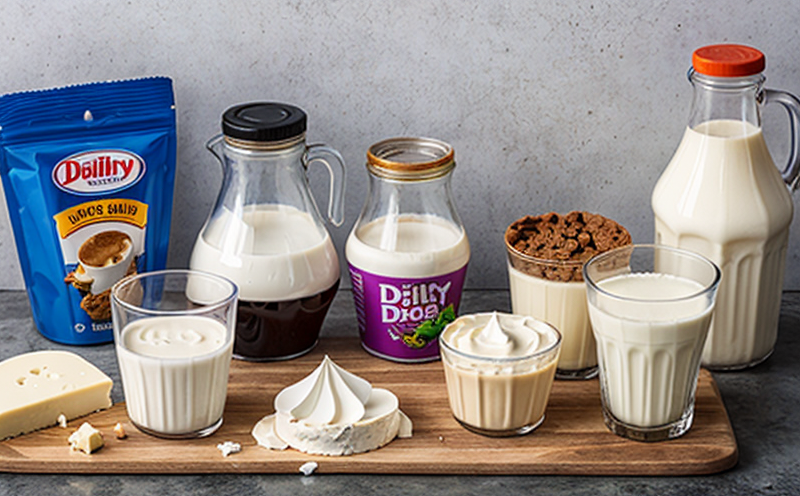ISO 59238 Sensory Evaluation in Cheese
The ISO 59238 standard provides a robust framework for sensory evaluation, which is crucial for ensuring the quality and consistency of dairy products. This method allows for the objective assessment of various sensory attributes such as color, texture, flavor, and aroma in cheese products.
Accurate sensory evaluation is essential to meet consumer expectations and regulatory requirements. It helps manufacturers identify potential issues early on, optimizing production processes and enhancing product quality. The standard emphasizes the importance of trained assessors who undergo rigorous training to ensure consistency across evaluations.
The process begins with selecting a panel of assessors who have undergone sensory training according to ISO 59238 guidelines. Each assessor evaluates samples using standardized protocols, which include descriptive analysis and hedonic testing. Descriptive analysis involves identifying and describing specific attributes of the cheese sample, while hedonic testing focuses on measuring consumer liking or preference.
Sample preparation is critical in this process; it ensures that each cheese sample is presented under consistent conditions to minimize variability introduced by different physical states or textures. The samples should be at an appropriate temperature and consistency for accurate evaluation. This may involve slicing the cheese into uniform pieces of a specific size, such as 30 grams per slice.
The ISO 59238 standard also provides detailed instructions on how to present these samples to the assessors in controlled environments, ensuring minimal sensory distraction and maximum focus on the attributes being evaluated. This includes considerations like lighting conditions, temperature control, and the use of standardized presentation plates or bowls.
Instrumentation for conducting sensory evaluations can range from simple tools like calibrated scales and thermometers to more advanced devices such as colorimeters and texture analyzers. However, it is important to note that while instrumental methods are useful in providing quantitative data, they cannot fully capture the complexity of human sensory perception.
The results obtained through ISO 59238 sensory evaluation serve multiple purposes within a dairy company’s quality assurance program. They help identify areas where improvements can be made during production, provide valuable feedback for new product development efforts, and offer insights into consumer preferences that can guide marketing strategies.
Moreover, adherence to this standard enhances a company's reputation by demonstrating commitment to maintaining high standards of product quality and safety. It also facilitates compliance with international trade agreements and regulations regarding dairy products.
Applied Standards
- ISO 59238:2017 - Sensory evaluation of food - Descriptive analysis by attributes for cheese products.
The ISO 59238 standard is widely recognized and utilized globally, providing a comprehensive approach to sensory evaluation that aligns with both industry best practices and regulatory expectations. By following this standard, companies ensure their sensory evaluations are conducted consistently and accurately across different locations and teams.
Benefits
- Consistent assessment of cheese quality across all production batches.
- Identification of potential issues early in the production process, reducing waste and improving efficiency.
- Informed decision-making for product development and improvement initiatives based on actual sensory data.
- Enhanced consumer satisfaction by ensuring products meet expected taste profiles and textures.
Industry Applications
This service is particularly beneficial for dairy producers, especially those involved in manufacturing cheese products. By implementing ISO 59238 sensory evaluation, companies can gain valuable insights into their product offerings and market trends.
R&D teams benefit from this process as they can use the data collected to refine existing products or create new ones tailored to specific consumer preferences. Quality assurance managers find it invaluable for maintaining strict control over production processes and ensuring compliance with relevant standards and regulations.
For procurement professionals, sensory evaluation results provide crucial information about supplier reliability and consistency in delivering high-quality raw materials used in cheese production.





